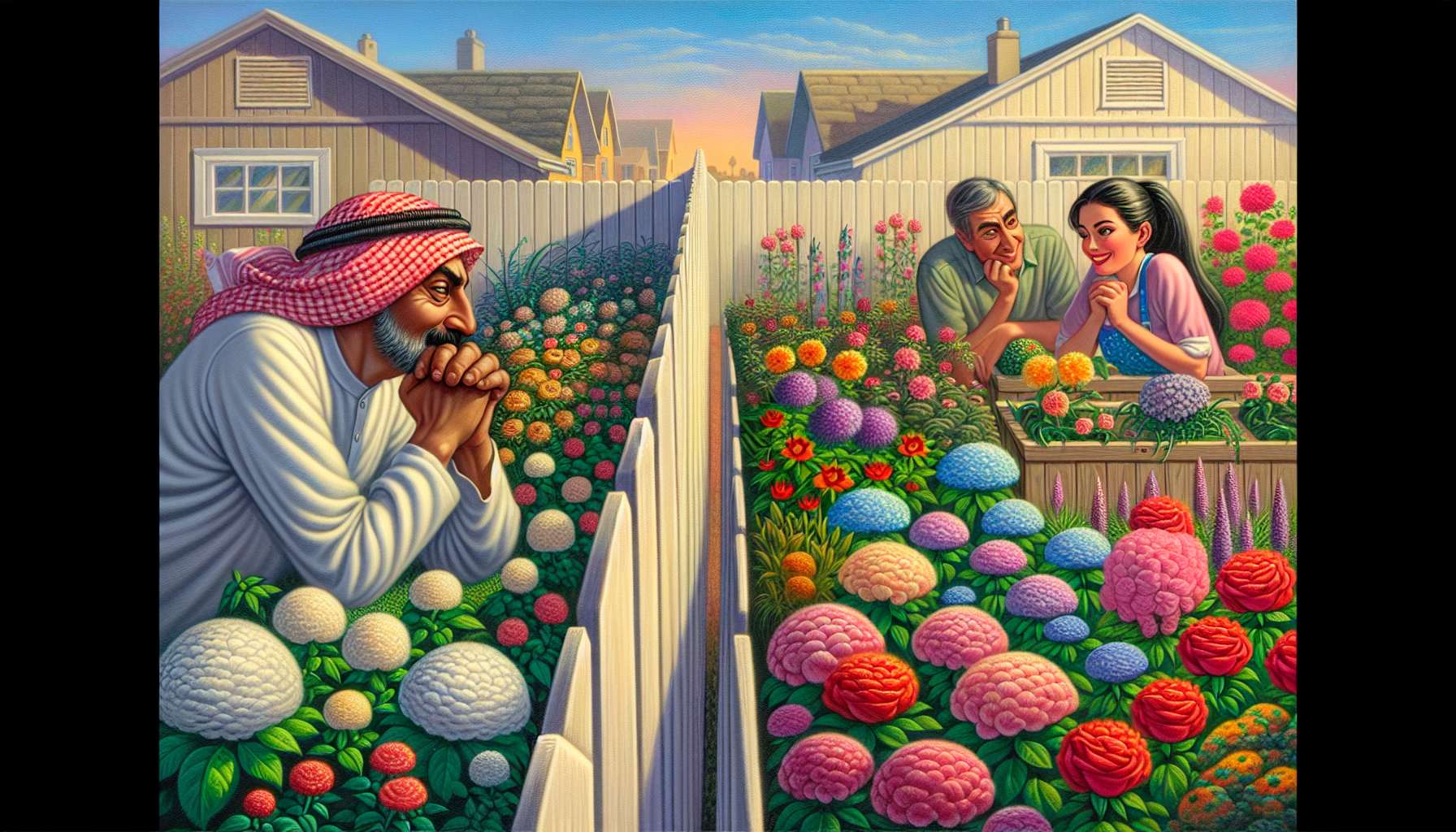The Magic of Innovation in Animation

Walt Disney's journey began in the early 20th century when animation was still a nascent field. Most animated works were short, silent, and simplistic. Disney sought to change that narrative. With the creation of "Steamboat Willie" in 1928, he introduced synchronized sound to animation, a concept that would redefine the genre. This short film featured Mickey Mouse—an instant icon—and showcased the potential of sound to enhance storytelling. The success of "Steamboat Willie" demonstrated that animated films could engage audiences as deeply as live-action features, effectively changing the perception of animation. Disney's innovations did not stop at sound; he also pioneered the use of color in animation. The release of "Flowers and Trees" in 1932, the first-ever color cartoon, won an Academy Award and showcased the aesthetic possibilities of animated storytelling. This vibrant use of color brought characters and stories to life in ways that black-and-white films could not, elevating the medium's status and appealing to a broader audience. This transition to color not only enhanced the visual experience but also became a hallmark of Disney's work, leading to the colorful worlds we associate with his films today.
Storytelling Techniques that Reshaped Animation
Disney's innovations were not limited to technical advancements; his storytelling methods were equally groundbreaking. He understood that a compelling narrative was essential for captivating audiences. Unlike many animated shorts of his time, which often relied heavily on humor or slapstick, Disney infused depth and emotion into his stories. Films like "Snow White and the Seven Dwarfs," released in 1937, featured complex characters, moral dilemmas, and relatable themes, captivating both children and adults alike. The use of multi-dimensional characters became a hallmark of Disney's storytelling approach. The emotional arcs of characters like Snow White, Pinocchio, and Bambi resonated with audiences, allowing them to connect on a personal level. For instance, in "Bambi," themes of loss and friendship are explored with sensitivity, allowing viewers to reflect on their own experiences. This approach not only set Disney apart from competitors but also laid the groundwork for future animated films to incorporate rich narratives and character development, establishing a new standard for storytelling in animation.
Pioneering Animation Techniques
In addition to storytelling and sound, Disney pioneered various animation techniques that enhanced the visual experience and realism of his films. The introduction of the multiplane camera in the late 1930s allowed for a three-dimensional effect, adding depth to animated scenes. This innovation was prominently featured in "Snow White and the Seven Dwarfs," where lush backgrounds and layered animation gave the film a breathtaking quality. The multiplane camera created a sense of depth that made scenes more immersive, enhancing viewers' emotional engagement. Disney's commitment to realism in animation also set a new standard. He invested in extensive research and development, employing artists, animators, and even live-action actors to study human and animal movements. This dedication to authenticity resulted in more lifelike animations, as seen in films like "Bambi" and "Dumbo." The attention to detail not only enhanced the visual appeal but also made the stories more relatable and engaging. The use of real-life references helped animators capture the nuances of movement and emotion, establishing a connection with audiences that had previously been absent in the medium.
Legacy and Impact on the Industry
Walt Disney's innovations in animation did not merely create a successful empire; they fundamentally changed the landscape of entertainment. His techniques and storytelling methods have influenced countless animators and filmmakers, shaping future generations of animated films. The establishment of Disney Studios and the subsequent creation of beloved animated classics laid the foundation for an entire industry dedicated to animated storytelling. Moreover, Disney's success sparked a wave of competition and innovation in animation. Other studios began to explore new techniques and storytelling methods, leading to a golden age of animation in the mid-20th century. The impact of Disney's innovations can still be seen today, as modern animated films continue to push creative boundaries, blending cutting-edge technology with timeless storytelling. Films such as Pixar's "Toy Story" and Disney's own "Frozen" draw on the rich legacy established by Disney, highlighting the importance of character development and emotional resonance.
Walt Disney's contributions to the animation industry are immeasurable. Through his groundbreaking techniques, storytelling innovations, and unwavering commitment to quality, he transformed animation from a simple entertainment medium into a revered art form. His legacy endures, inspiring animators and filmmakers to continue exploring the possibilities of animation. As we reflect on the magic of Disney, it is clear that his vision and creativity have shaped not only the animation industry but also the very fabric of entertainment itself, enchanting audiences for generations to come. Disney’s ability to combine innovation with timeless storytelling is a testament to the enduring power of animation—a medium that continues to evolve while maintaining the magic that Walt Disney first introduced.
3D Character Animator
Pixar, DreamWorks Animation, Blue Sky Studios
Core Responsibilities
Create and animate 3D character models that bring narratives and emotions to life, ensuring fluid movement and realistic expressions.
Collaborate with directors and other animators to align character actions with the overall story arc and artistic vision.
Required Skills
Proficiency in animation software like Autodesk Maya, Blender, or 3ds Max.
Strong understanding of human and animal anatomy and motion principles.
Visual Effects (VFX) Artist
Industrial Light & Magic, Weta Digital, Framestore
Core Responsibilities
Design and implement visual effects for animated features, enhancing scenes with realistic explosions, weather effects, and other elements.
Work closely with the animation team to ensure visual effects are integrated seamlessly into the animated environment.
Required Skills
Expertise in software such as Adobe After Effects, Nuke, or Houdini.
Strong artistic skills and a good eye for detail to create believable effects that complement storytelling.
Storyboard Artist
Walt Disney Animation Studios, Nickelodeon Animation, Cartoon Network
Core Responsibilities
Create visual storyboards that outline the sequence of events, character actions, and camera angles for animated scenes.
Collaborate with directors and writers to translate scripts into visual narratives, ensuring clarity and emotional impact.
Required Skills
Proficiency in drawing and visual storytelling, with strong understanding of composition and cinematic techniques.
Familiarity with software like Storyboard Pro and Adobe Creative Suite.
Animation Director
Disney, Sony Pictures Animation, Illumination Entertainment
Core Responsibilities
Oversee the entire animation process, from conceptualization to final output, ensuring quality and consistency in the animation style.
Direct a team of animators, providing feedback and guidance while fostering a creative and collaborative environment.
Required Skills
Extensive experience in animation techniques and production processes, with a strong portfolio showcasing leadership in previous projects.
Excellent communication and organizational skills to manage teams and timelines effectively.
Game Animator
Electronic Arts, Activision Blizzard, Ubisoft
Core Responsibilities
Develop and animate characters and environments for video games, ensuring interactive elements behave realistically within gameplay.
Collaborate with game designers to create animations that enhance user experience and storytelling within the game.
Required Skills
Proficiency in game development software like Unity or Unreal Engine, along with animation tools like Maya or 3ds Max.
A deep understanding of gameplay mechanics and how animation impacts player interaction.


